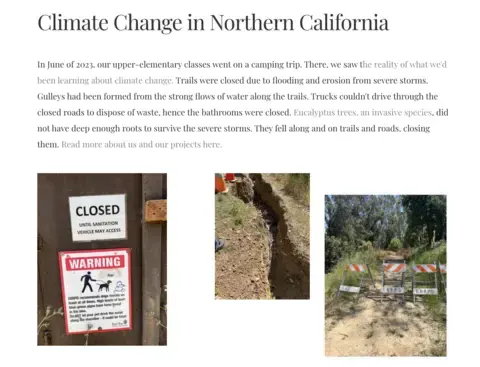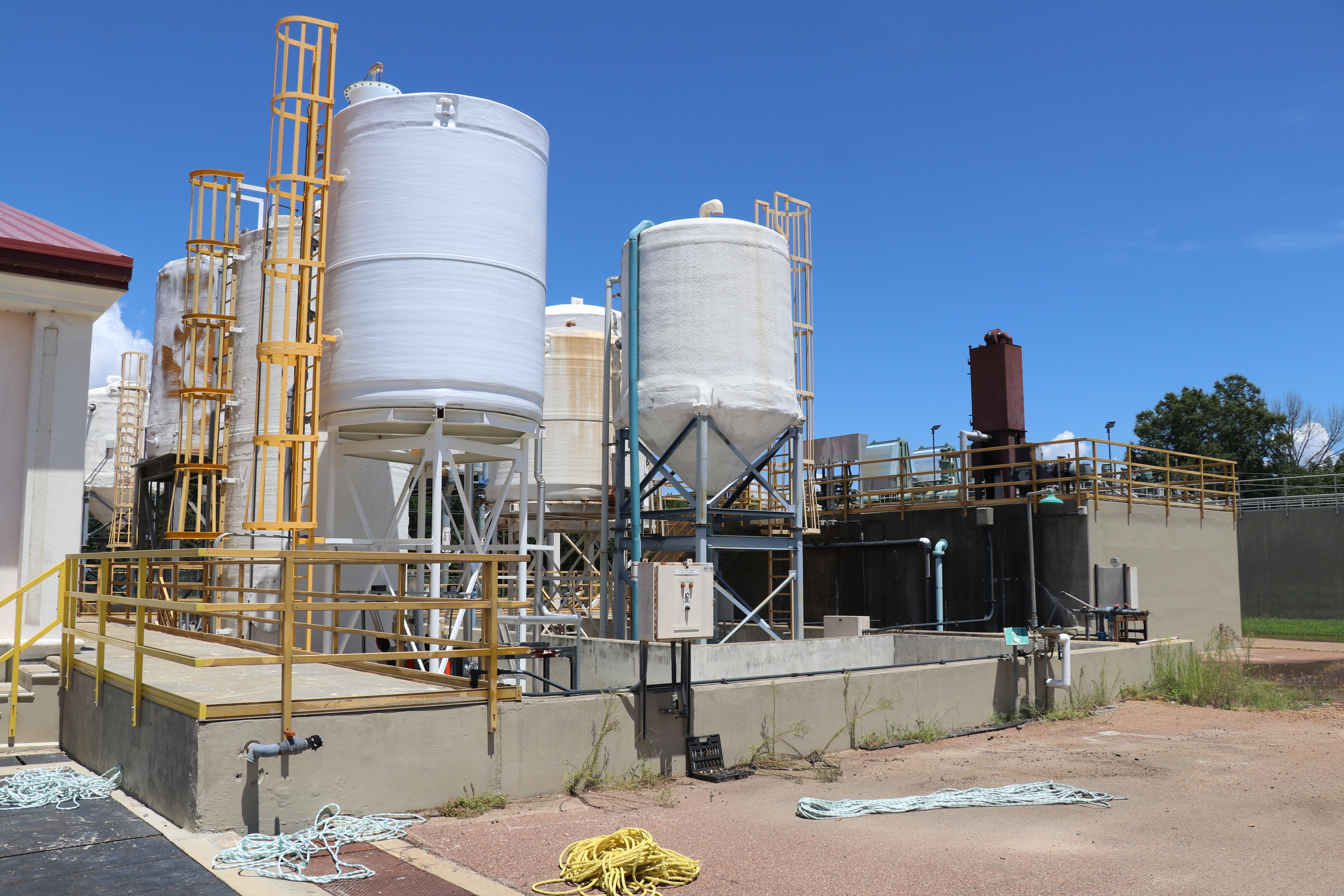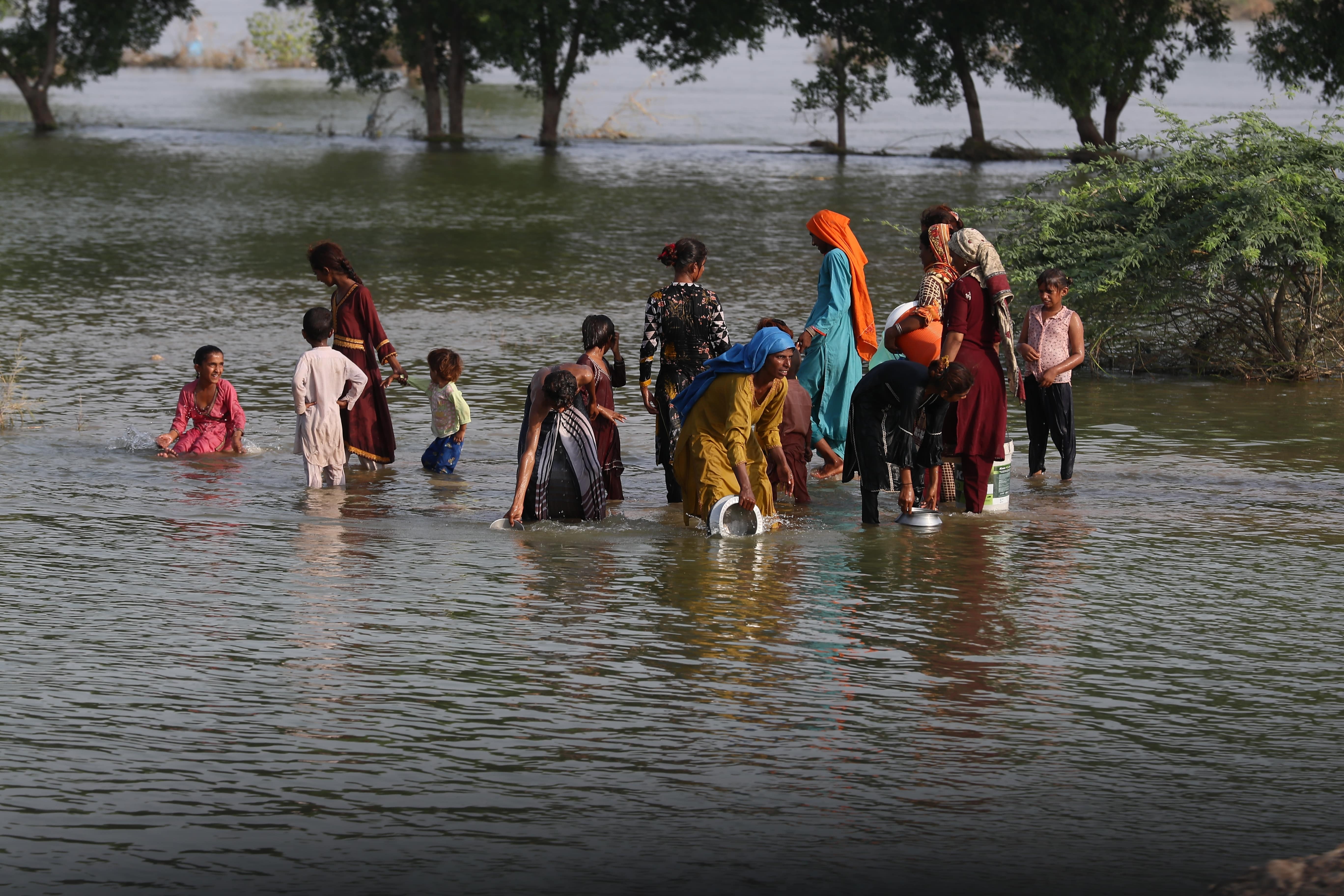This unit was created by Lisa Holewa, an upper elementary educator at Parkside Montesorri in San Mateo, California, as part of the 2022-2023 Pulitzer Center Teacher Fellowship program. It is designed for facilitation across ten 90-minute class periods.
For more units created by Pulitzer Center Teacher Fellows in this cohort, click here.
Objectives:
Students will be able to…
- Identify the layers of the atmosphere, describe the carbon cycle and the causes of climate change
- Describe the role of local, state and federal government; describe and identify community service and community advocacy
- Describe the role of news reporting within a community and employ questions to evaluate news sources and identify underreported perspectives, nuances, and stories of larger issues
- Identify government agencies, community advocates or affected citizens within their communities who were impacted by severe weather events/flooding and conduct interviews to investigate individual experiences and/or inspired action
- Create a podcast, news feature article, photojournalism projects or artistic representations that conveys the impact of severe weather events on communities
Unit Overview:
What impacts do severe storms and floods have on a community?
In this cross-curricular unit, students analyze how communities can leverage local government and community advocacy to address environmental events driven by climate change. Students examine news articles about the impact of climate change on water systems in underserved communities and/or how historic flooding in Pakistan and its long-lasting impacts, asking the questions: Who was impacted? Who fought on their behalf? Then students will launch an investigation into their own community’s response to severe weather and flooding. Ultimately, students develop a media project or artistic representation that highlights their research and exploration.
Performance Task:
In small groups, students will identify an impact of flooding or climate change on their community. Students can choose to capture someone/something they have researched on their own or someone/something from the presentations led by guest speakers invited to the classroom over the course of the unit. As a team, students can either write a news-feature article, record a podcast or develop a photojournalism project detailing their subject's work. As a modified assignment or additional assignment, students can create an artistic representation of something they learned throughout the course of the unit.
Five-week unit plan, including classroom activities, multimedia resources, and performance tasks for the unit.
Unit Resources:
Common Core Standards:
CCSS 5 ELA: Quote accurately from a text and be able
CCSS 5 Writing: Write informative/explanatory texts to examine a topic and convey information and ideas clearly.
CCSS.ELA-LITERACY.W.5.5: With guidance and support from peers and adults, develop and strengthen writing as needed by planning, revising, editing, rewriting or trying a new approach.
CCSS.ELA-Literacy.W.5.6: With some guidance and support from adults, use technology, including the internet, to produce and publish writing.
CCSS.ELA-Literacy.W.5.7: Conduct short research projects that use several sources to build knowledge through investigation of different aspects of a project.
CCSS.ELA-Literacy.SL.5.3: Summarize the points a speaker or media source makes and explain how each claim is supported by reasons and evidence.
Many young people worry about the effects of climate change. It can manifest in different ways: sadness, anger, depression. You might feel anxious and it all may feel very overwhelming. It is okay to have feelings, and it is important to have ways to cope with them and to have people to talk to!
'It is important to talk about how we feel, to talk about these fears and to have this conversation,' says Vanessa Villanueva, who works for the organization Climate Change Mental Health.
From Climate Change Affects Youth Mental Health by Isabella Poemsey

Students identified an impact of flooding or climate change on their community and chose to capture that impact in a news-feature article, podcast or photojournalism project or artistic representation. See eleven examples of this performance task on Ms. Holewa's website







